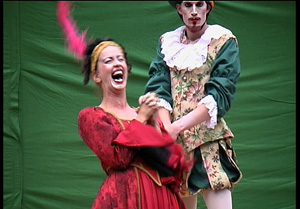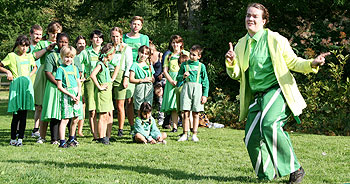Here are more theories as a continuing of PART 1.

The magnanimous laughter has much to do with what I mean when I speak of humor as opposed to comedy (See HERE). It is a way to let “thing be where they are” since it doesn’t provoke anything. It talks about how we rejoice over other people’s prosperity. It is what we mean when we say that we laugh “with” someone instead of laughing “at” somebody. Those who advocate this theory says that it is based on knowledge of people’s conditions. In my opinion this form of laughter has very little to do with comedy. In The Theory of Inversion the reverse in gender, power and class structures, the upper and lower in the body, religious and stat hierarchies, profane and holy, are focused. The world is turned up-side-down and the audience is let in to that world. The theory takes its ideas from the Carnival and the Feast of Fool or even as far back as the roman Saturnalias. It is comedy as a feast, were the joy of life and the feeling of immortality (See HERE) is spread. We can also talk about laughter as education. Here we see how the incongruence that shakes our accustomed thinking patterns and how the synthesis of that learn us something new about ourselves, the world or life itself.When the incongruence shows us our old patterns, we can understand them and then start to create new patterns.

Pingback: A list of actors from the heydays of Commedia dell’Arte - Commedia dell'Arte & Vulgar ComedyCommedia dell'Arte & Vulgar Comedy
Pingback: Theories of Laughter and Comedy – Part 1 | Commedia dell'Arte & Vulgar Comedy